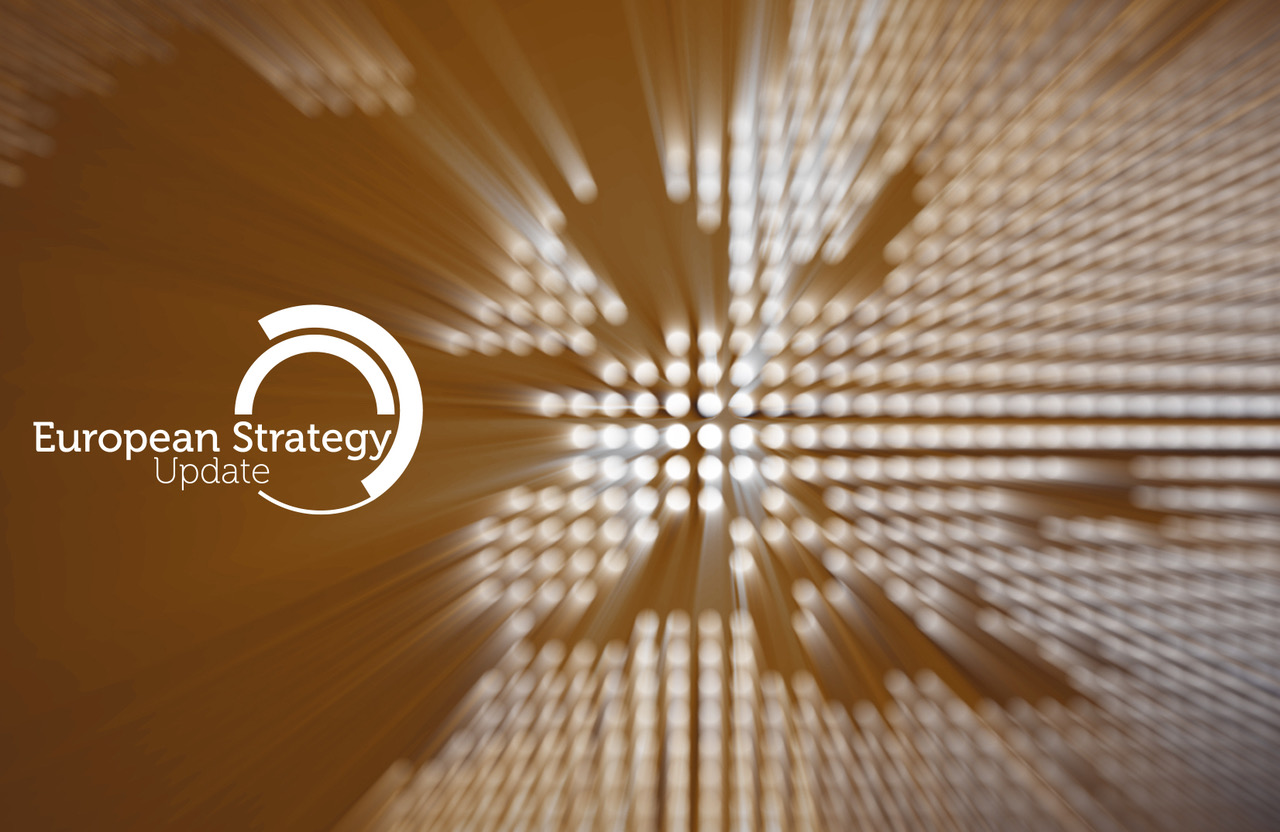Tuesday, 18 December was an important milestone in the process of updating the European Strategy for Particle Physics, marking the deadline for the submission of proposals from the particle physics community for the long-term priorities of the discipline in Europe.
The European Strategy Group, which was established at the end of 2017 to coordinate the update process, has received 160 contributions from universities, laboratories, national institutes, collaborations and individuals, predominantly from Europe but including projects that extend beyond the continent.
Along with its partner institutes, CERN, which operates the world’s most powerful particle collider and a unique accelerator complex, has submitted several major contributions, ranging from experiments using existing machines to ambitious new collider projects. These projects are designed to provide answers to the host of unresolved questions relating to matter and the Universe, such as the nature of dark matter, which makes up most of the Universe, and the mysterious imbalance between matter and antimatter.
To determine the relevance of new projects, existing machines and approved projects must be assessed. The results of a year-long study involving hundreds of physicists has been submitted to the European Strategy Group: it details the physics potential of the High-Luminosity LHC (HL-LHC) and provides valuable data for assessing the two collider projects to which CERN is contributing, CLIC and the FCC, which could continue the work begun by the LHC and the HL-LHC.
The CLIC (Compact Linear Collider) project, in which 75 institutes from some thirty countries are participating, aims to develop a very high-energy electron–positron collider, to be built and operated in three stages of energy, starting with 380 GeV and increasing to 1.5 TeV and 3 TeV. The FCC (Future Circular Collider) study, which involves 135 institutes in 34 countries, is studying several scenarios for a collider in a tunnel measuring 100 km in circumference. In an initial phase, the FCC could collide electrons and positrons at energies of up to 365 GeV and very high luminosity (FCC-ee). Lepton machines like CLIC and FCC-ee could be used to carry out detailed studies of particles that are crucial to our understanding of the physics of the infinitesimally small, such as the Higgs boson and the top quark, in order to reveal new processes.
The FCC study is also exploring the possibility of a hadron collider (FCC-hh) with an energy of 100 TeV, seven times higher than that of the LHC, which would be used to explore new energy ranges that are inaccessible with the present machines, search for signs of new physics and continue to study known particles and processes. The FCC study also covers the possibility of colliding hadrons with leptons and developing a version of the LHC in the existing tunnel at twice the present energy.
CERN has also collaborated on several other proposals, submitted in the framework of the Physics Beyond Colliders study. Launched in 2016, this study aims to take advantage of the extraordinary potential of CERN’s accelerator complex and research infrastructures in order to develop projects that complement the high-energy colliders. These projects would use a different approach to explore physics beyond the Standard Model. Twenty proposals have been submitted, ranging from the search for dark matter to the study of charge-parity symmetry breaking – which could explain the imbalance between matter and antimatter – and research into quantum chromodynamics. They aim to improve on existing experiments, set up new installations using CERN’s beamlines or develop entirely new concepts.
All of the proposals will be presented at a public scientific symposium that will be held in Granada, Spain in May 2019. The contributions and discussions will help shape the long-term priorities of particle physics in Europe. These priorities will be formalised at the beginning of 2020 in the update of the European Strategy for Particle Physics.
For further information on the European Strategy update, see the press release issued in October 2018.

